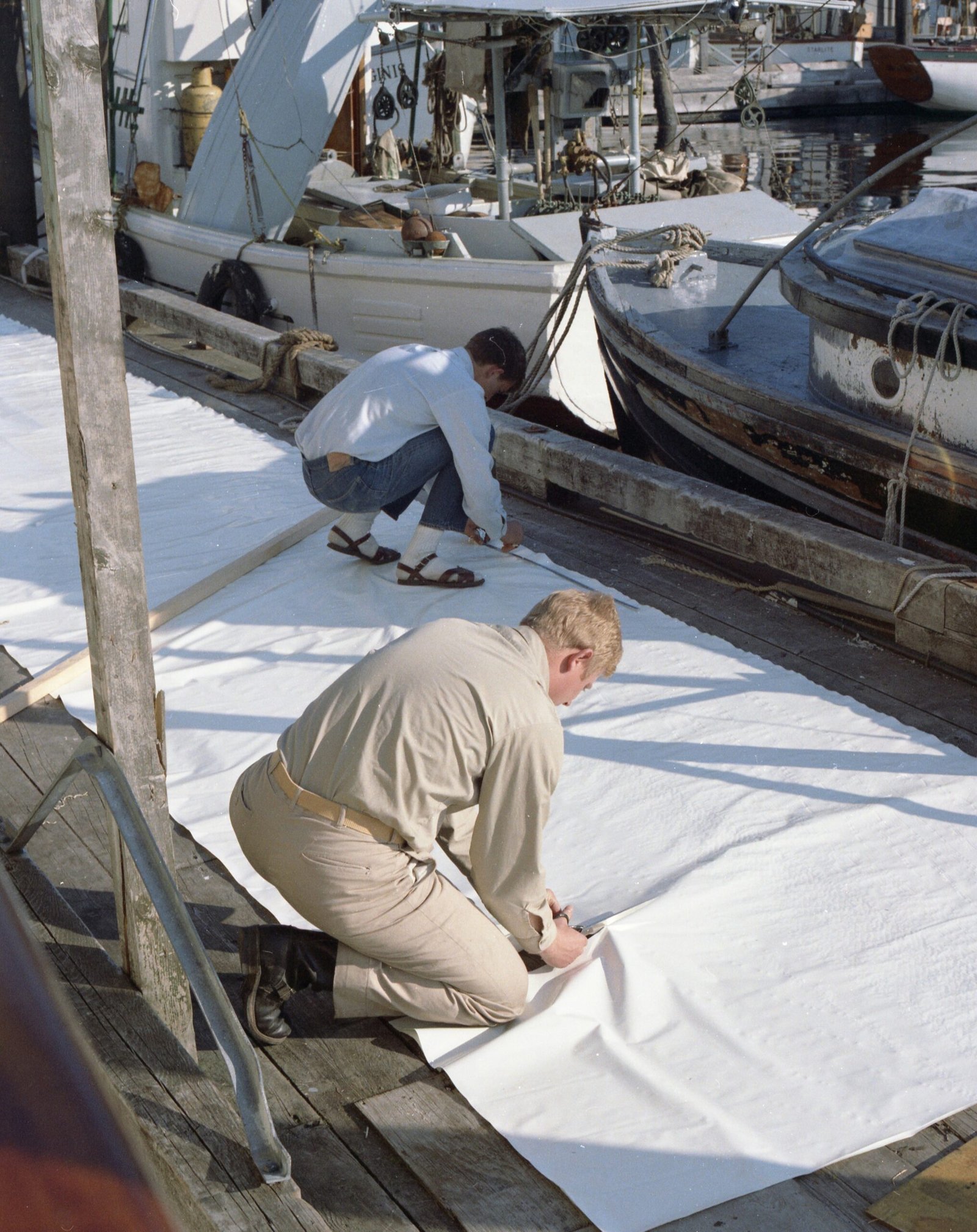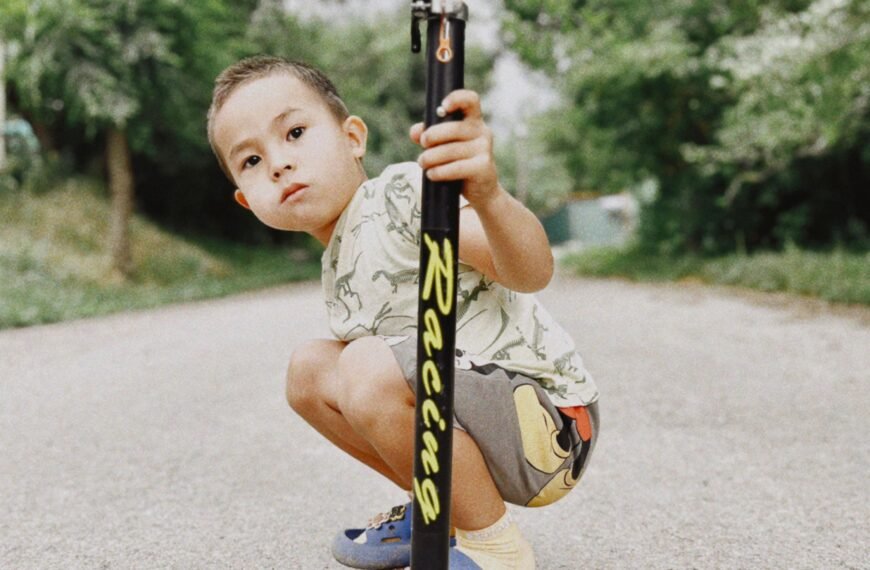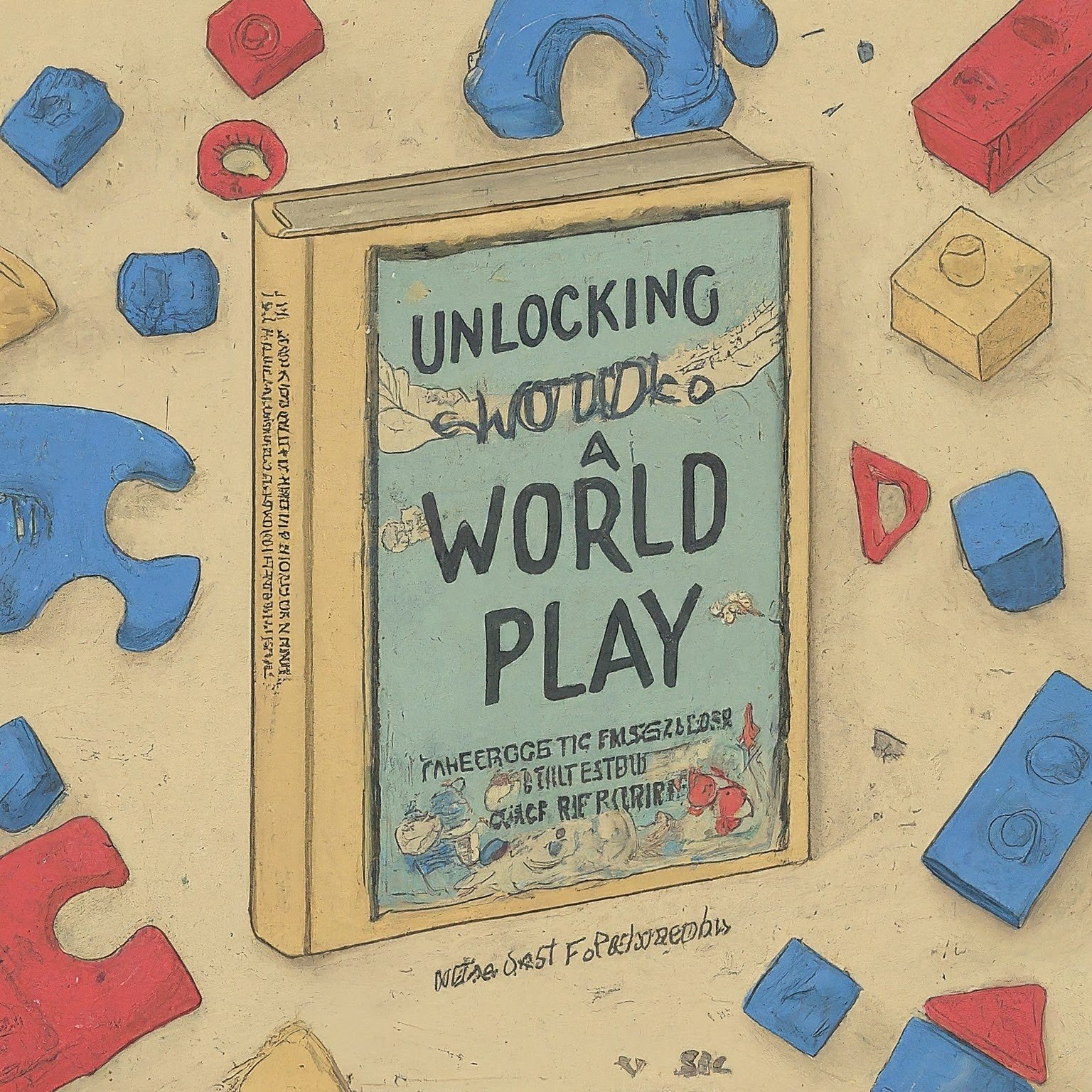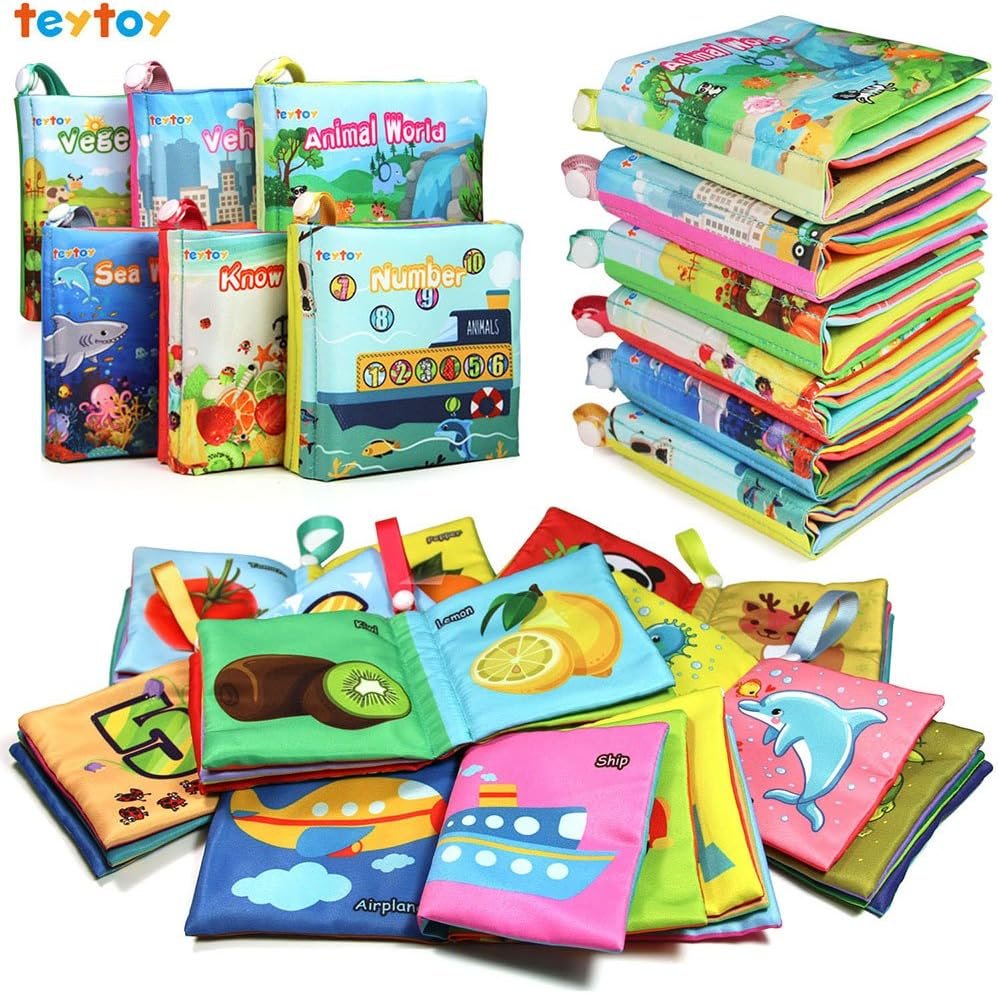At every stage of your precious baby’s development, there are exciting milestones awaiting to be reached. One of these delightful moments is when your little one starts to engage and play with toys. It’s a remarkable time that signifies their growing curiosity and cognitive abilities. In this article, we will explore the different stages when babies begin to interact with toys, from the early grasping reflex to the joyous exploration of their surroundings. So, get ready to witness the magical world of play unfold right before your eyes.
Check Baby Toys Guide & Review
Newborn Stage
Developing Senses
During the newborn stage, your baby’s senses are still developing and becoming more acute. They are beginning to take in the world around them and are starting to show interest in the things they see, hear, and feel. Providing visual and auditory stimulation is important during this stage to aid in their sensory development.
Visual Stimulation
Newborns are attracted to high-contrast patterns and bold colors. You can introduce them to visually stimulating toys such as black and white mobiles or toys with contrasting colors. This helps their visual development as they start to track objects with their eyes and are captivated by movement and color.
Auditory Stimulation
Your baby is also starting to recognize and respond to different sounds. Providing auditory stimulation through toys that produce soft and gentle sounds can help in their auditory development. Rattles, musical toys, or even simple chimes can grab their attention and encourage them to turn their heads towards the source of the sound.
Sensory Toys
To further stimulate your newborn’s senses, sensory toys are a great choice. These toys often have different textures and materials for your baby to explore through touch. They can include toys with soft fabrics, crinkle sounds, or even toys that are safe for mouthing and chewing. Sensory toys engage your baby’s senses and help them discover their surroundings in a playful and interactive way.
Three to Six Months
Motor Skills Development
Between three to six months, your baby’s motor skills begin to develop rapidly. They start to gain more control over their body movements and are able to reach and grab for objects. Providing toys that support their motor skills development is essential during this stage.
Grasping and Holding Toys
At this stage, your baby will start reaching out and grasping objects with their hands. Toys that are easy to grasp and hold — such as lightweight rattles or toys with textured surfaces — can help strengthen their grip and improve their fine motor skills. These toys also encourage hand-eye coordination as they learn to reach and grab for objects.
Cause and Effect Toys
Babies at this age are fascinated by cause and effect relationships. Toys that activate a response when pressed or shaken can captivate their attention. Examples include toys that light up, play music, or produce different sounds when buttons are pushed or objects are manipulated. Cause and effect toys not only entertain your baby but also help them understand the concept of cause and effect in a playful way.

Six to Nine Months
Hand-Eye Coordination
Between six to nine months, your baby’s hand-eye coordination continues to develop. They are becoming more accurate in their movements and are able to grasp objects with precision. Toys that promote hand-eye coordination are beneficial during this stage.
Exploratory Play
Your baby is now more curious about their surroundings and wants to explore different objects. Toys that encourage exploration and discovery can be introduced at this stage. These toys often have different textures, shapes, and sizes for your baby to touch, explore, and manipulate. They can include activity mats, soft books, or toys with buttons and moving parts. Exploratory play helps your baby develop their fine motor skills and allows them to discover the world around them through play.
Teething Toys
Between six to nine months, your baby’s first teeth may start to emerge. Teething toys can be a great addition to their toy collection during this stage. These toys are often made of safe, chewable materials that provide relief to your baby’s sore gums. Look for teething toys that are BPA-free and designed with different textures and shapes to soothe their discomfort while also promoting their oral motor skills.
Nine to Twelve Months
Cognitive Development
Between nine to twelve months, your baby’s cognitive development starts to take off. They become more alert, curious, and show increased problem-solving abilities. Choosing toys that stimulate their cognitive abilities is crucial during this stage.
Stacking and Sorting Toys
Babies at this age enjoy activities that involve stacking and sorting objects. Stacking toys, such as colorful rings or nesting cups, can help improve their hand-eye coordination and fine motor skills. Sorting toys, such as shape sorters or puzzles, allow your baby to learn about different shapes, colors, and sizes while challenging their problem-solving abilities. These toys promote cognitive development and encourage your baby to think critically as they explore different ways to manipulate and organize objects.
Pretend Play Toys
Your baby’s imagination flourishes between nine to twelve months, and they enjoy engaging in pretend play. Toys that encourage imaginative play, such as dolls, stuffed animals, or mini-sets like kitchen or tool kits, can foster their creativity and social-emotional development. Pretend play toys provide opportunities for your baby to imitate real-life scenarios, explore emotions, and develop their communication skills through role-playing.
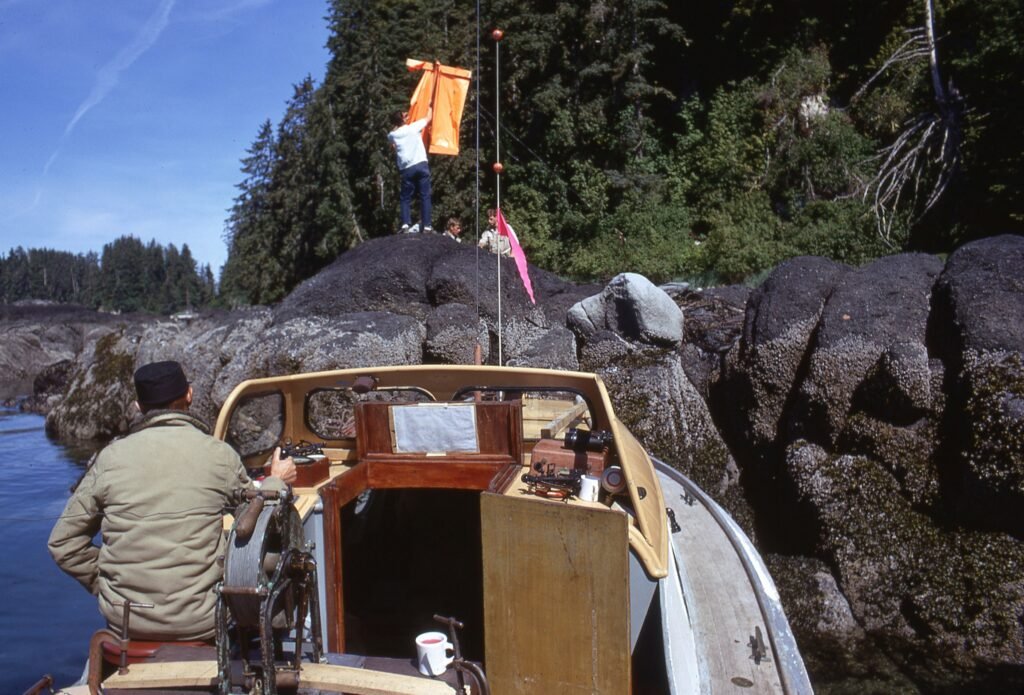
One Year and Older
Language Development
By the age of one, your baby’s language development is in full swing. They are starting to understand simple instructions and can say simple words. Toys that promote language development are an excellent choice during this stage.
Problem-Solving Toys
As your baby grows, their problem-solving skills improve. Toys that challenge their problem-solving abilities can support their cognitive development while keeping them entertained. Examples include shape sorters, puzzles, or toys that require them to figure out how objects fit together. These toys encourage logical thinking, spatial awareness, and critical reasoning.
Building Blocks
Building blocks are a classic toy choice for children of all ages. By the age of one, your baby can start playing with larger and softer blocks. Building block sets with different shapes, colors, and sizes can help improve their fine motor skills, hand-eye coordination, and creativity. Your little one can explore various ways to stack, balance, and build structures, fostering their imagination and problem-solving abilities.
Providing age-appropriate toys not only entertains your little one but also supports their developmental milestones. By understanding what toys are suitable for each stage, you can promote their growth and learning in a fun and enjoyable way. Remember, every child develops at their own pace, so always observe and adapt to your baby’s progress and preferences. Happy playing!

